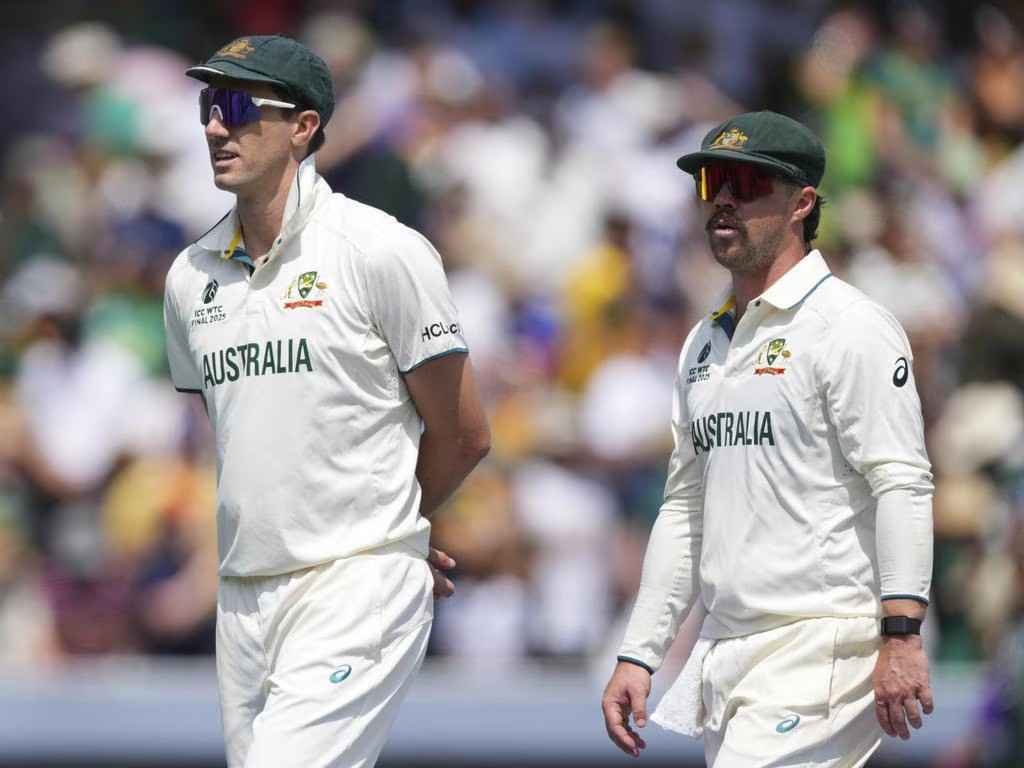
Australia may be heading into the 2025-26 Ashes with their weakest XI in over a decade, but they remain the team to beat. England, fielding what many consider their strongest squad in years, faces the daunting task of challenging a side that hasn’t lost an Ashes series at home since 2010-11.
Team has dominated the last three home Ashes series with emphatic 5-0, 4-0, and 4-0 victories, underscoring their dominance on home soil.
Veteran Core Shows Signs of Age
The current Australian squad is dominated by veterans. Cameron Green is the only player in his 20s, while the rest of the lineup is in their 30s or older. This represents the final chapter for the Smith-Starc-Hazlewood-Lyon-Khawaja generation.
The batting unit has struggled in recent years. Marnus Labuschagne has averaged in the low 20s in Tests over the past two years, scoring only one century in his last 28 matches. Usman Khawaja, 38, has recorded just one century in the last two-and-a-half years, and that came on a slow pitch rather than against high-quality pace.
Pat Cummins’ absence for the Perth opener due to a back issue highlights how even this experienced side is not invincible. Despite these concerns, Australia’s home record remains formidable.
Since 2000, they have won 99 out of 139 home Tests, losing only 18 and drawing 22. Over the same period, Australia has won 71.2 percent of all home Test series, creating a daunting baseline for any visiting side.
Australia’s Bowling Still Strong
Even with a thinner lineup, Australia’s bowling remains world-class. Mitchell Starc, Josh Hazlewood, Scott Boland, and Nathan Lyon form a potent combination, with Cummins set to return from the second Test and support from Green or Webster.
Cummins has over 300 wickets at an average of 22.10, a level only surpassed by a select group of fast bowlers in history. Lyon is on the verge of surpassing Glenn McGrath to become second on team’s all-time wicket list. This attack has the experience and skill to win matches, even on low-scoring pitches, and continues to give Australia a major advantage over visiting teams.
Series Schedule Favors Australia
The Ashes schedule also benefits the home side. The series runs from 21 November to 8 January, beginning in Perth, followed by Brisbane for a pink-ball Test, then Adelaide, Melbourne, and Sydney.
The first half of the series favors fast bowlers, while the latter grounds are known for favoring experienced Australian players in closing out matches. This combination of home conditions, elite bowling, and historical dominance makes team the favourites, even if they are fielding an older, less dominant side.
England Faces Tough Challenge
For England, the reality is harsh. This is not peak Australia, but it is still Australia at home.
The visitors must contend with a team that has perfected winning on its own pitches, combining skill, experience, and psychological advantage. England’s challenge will be to counter a team that has bullied them in successive home series.
Even a “weakened” Australian side retains the ability to exploit mistakes and control key moments, especially in Tests where experience often outweighs raw talent. Australia’s current Ashes squad may be older and less consistent than previous lineups, but it carries unmatched home advantage and elite bowling resources.
England may be stronger on paper, but overcoming Australia in their backyard has historically been one of the toughest challenges in cricket. Despite appearances, team remains the side to beat, proving that experience, home conditions, and a winning culture often matter more than youth or perceived weakness.








